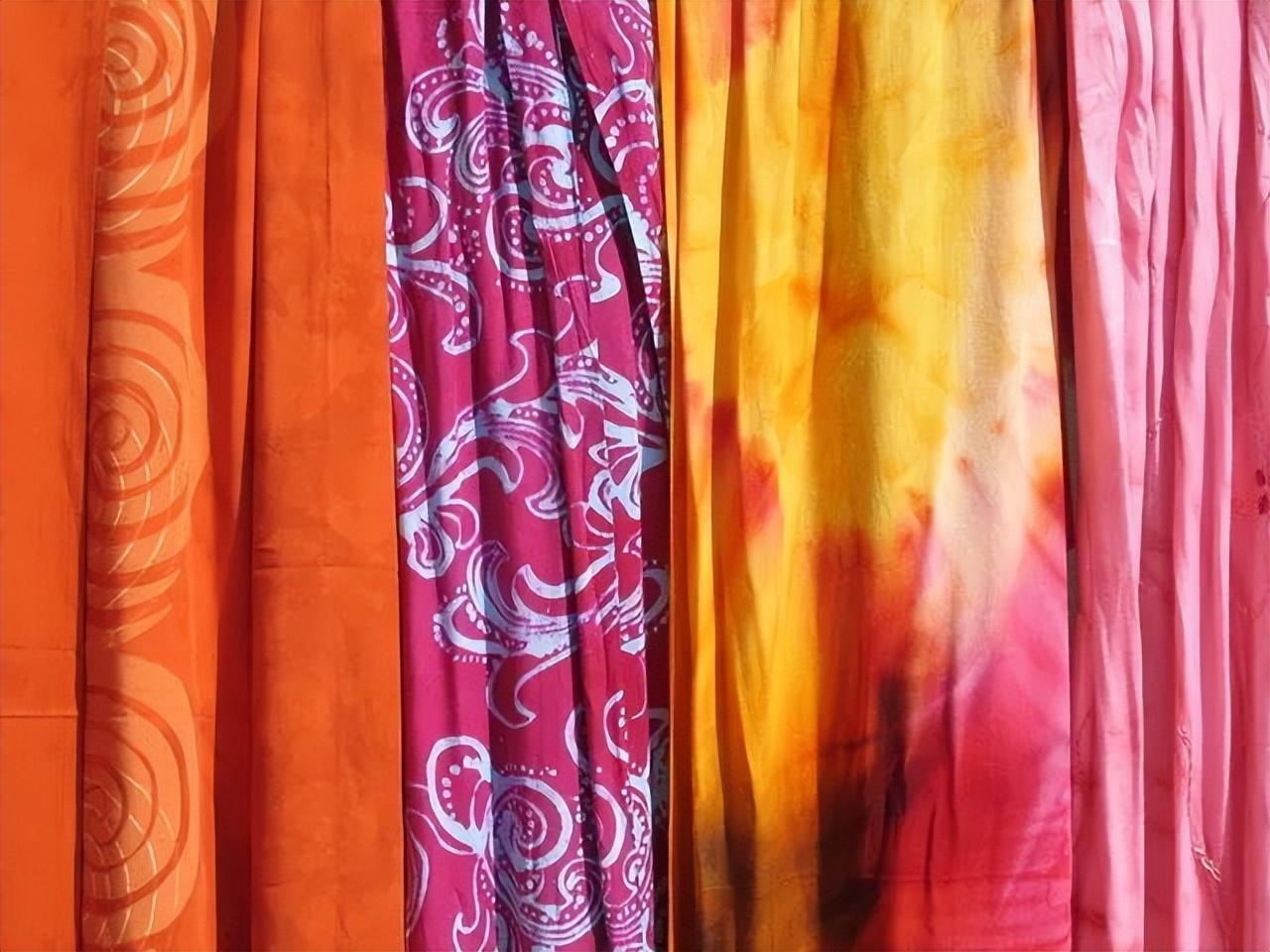Printing is a kind of local dyeing. Therefore, when choosing to use the same type of dye for printing or dyeing, the physical and chemical properties of the chemical additives used are similar. The dye used for dyeing, The principle of color fixation is also similar. The dye on the fiber must also have various dye fastnesses that the fabric should have during use such as wearing. These are the common points between printing and dyeing.
1. Differences between dyeing and printing
1. Dyeing solutions generally do not Add thickening paste or only add a small amount of paste, while printing paste generally needs to add more thickening paste to prevent the pattern from bleeding and causing unclear or distorted pattern outlines, and to prevent post-printing drying Dye migration during drying.
2. The dye concentration during dyeing is generally not high, and the dissolution of the dye is not a big problem, so co-solvent is often not added, while the dye concentration of the printing paste is higher, and Since more paste must be added to the color paste, which will make it difficult to dissolve the dye, more cosolvents are often added. For example, urea, alcohol, dissolved salt B, etc.
3. When dyeing (especially dip dyeing), the fabric has a longer action time in the dye bath, which allows the dye to fully diffuse and penetrate into the fiber. Complete the dyeing process. When printing, after the paste added to the color paste is dried to form a film, the polymer film layer affects the diffusion of the dye into the fiber. Post-processing methods such as steaming and baking must be used to increase the diffusion rate of the dye to help the dye. Dyed fibers.
4. When dyeing, two different types of dyes are rarely used to match colors (except when dyeing blended fabrics), while printing often uses different types of dyes for joint printing, even at the same time. Starch printing. In addition, there are various processes such as discharge printing, resist printing and resist printing, so the printing process design is different from dyeing.
5. Printed fabrics have white ground printing, or white-out or anti-white printing products. Therefore, it requires pre-treatment of printed fabric semi-finished products, which is similar to bleached cloth semi-finished products. Whiteness requirements are higher, while dyed cloth semi-finished products have lower whiteness requirements.
6. The semi-finished products of dyed cloth are required to have good capillary effect to facilitate the use of dyes during dyeing.
Diffusion and penetration into the fiber. When processing printed fabrics, printing and drying are continuous and often completed within a few seconds at the same time. The printing pattern is required to be uniform in color, clear in outline, and
The lines are smooth and unbroken. Therefore, the scouring and bleaching semi-finished products of printed fabrics not only require a good capillary effect, but also a uniform and good instantaneous capillary effect, so that the fabric can use the capillary effect to remove the printed pattern at the moment of printing. Color paste is “acceptable”.

2. The difference between dyeing and printing
1. The differences between dyeing and printing are as follows
① Printing is better at hiding defects in gray fabrics than dyeing good.
② Printed fabrics have particularly strict requirements on the weft and skew of semi-finished products.
③ Dyeing and printing may have special requirements for the same type of dyes
④ Dyeing and printing on semi-finished products The pre-processing requirements are different. (Such as whiteness, wool effect)
⑤ No or a small amount of thickening paste is added to the dyeing solution, and more thickening paste is added to the printing paste.
⑥ During dyeing, the dye penetrates and diffuses fully. When printing, the dye is not easy to diffuse and penetrate, and must be steamed or baked.
⑦ Dyeing solution, the dye is easily soluble, no co-solvent is added. For printing paste, add more co-solvent.
⑧ Dyeing rarely uses two different types of dyes to match colors. Printing often uses different types of dyes
2. There are three similarities between dyeing and printing:
① The same type of fiber can have the same dye fastness if dyed and printed with the same dye.
② The physical and chemical properties of the chemical additives used are similar.
③ The principles of dyeing and fixation using dyes are similar.








